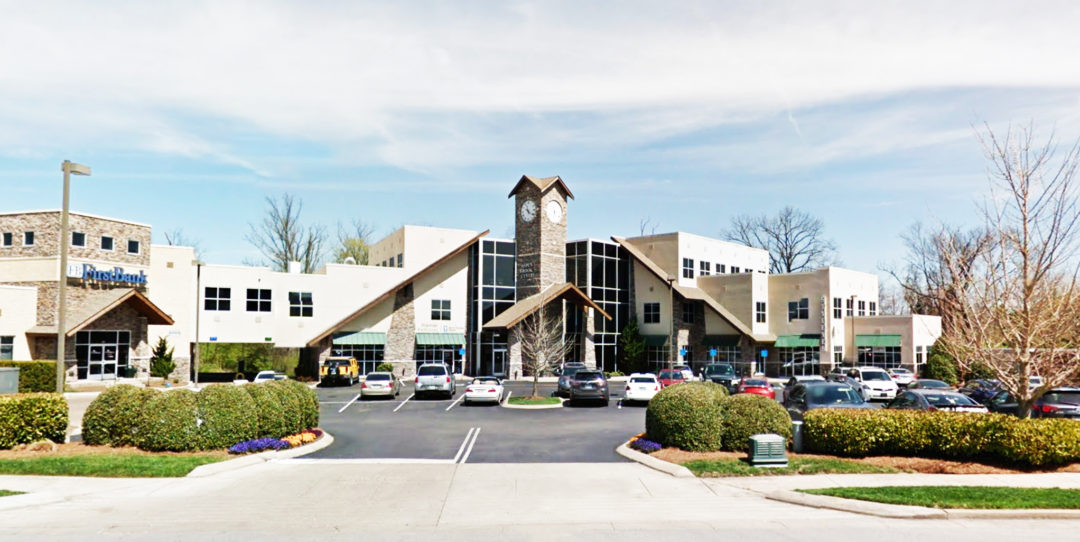Tennis elbow (a.k.a lateral epicondylitis) is a fairly common condition that occurs when the tendons on the outside (lateral side) of your elbow become irritated and inflamed. But despite its common name, tennis elbow can occur in anyone, not just tennis players; in fact, some studies show only about 10 percent of those who suffer from tennis elbow actually play racquet sports. The fact is, nearly any activity that involves repetitive motion of the elbow joint can cause tennis elbow, especially if that activity involves weight (like repetitive lifting) or impact (like hitting a tennis ball).
Tennis Elbow: Causes and Symptoms
Your elbow comprises three main bones: the humerus (upper arm bone) and the ulna and radius (lower arm bones). At the end of the humerus are bony protrusions called epicondyles. The bump on the outside of the elbow is called the lateral epicondyle. Lateral epicondylitis – or tennis elbow – occurs when the tendons in this area (also called extensor tendons) become inflamed from overuse.
The most common symptom of tennis elbow is pain along the outer side of the elbow, sometimes accompanied by a burning sensation. In more advanced cases, your grip strength can also diminish. Some people may notice minor swelling or warmth over the outer area of the elbow joint as well. In most cases, it’s the dominant arm that’s affected, but the weaker, nondominant arm can be affected as well.
Treatment Options For Tennis Elbow
Tennis elbow is a type of tendinitis (tendon inflammation) and like other types of tendinitis, treatment typically begins with rest, ice and physical therapy, sometimes in conjunction with a special brace or wrap to provide compression and support for the joint. When these options fail to provide relief, steroid injections may be used to help reduce swelling and inflammation in and around the tendons, allowing them to move normally again.
When all these therapies prove ineffective, the next step is surgical treatment. Today, most elbow surgery can be performed arthroscopically, using tiny incisions and special instruments to access the joint structure and relieve excess strain on the tendon. This type of minimally-invasive surgery uses an arthroscope that’s equipped with a tiny camera. The camera sends real-time video to a monitor, enabling the surgeon to see the joint and perform the surgery without a large incision. In a few cases, an open approach using a larger incision may be required to repair more extensive damage.
No matter which type of surgery is performed, you’ll need to wear a splint or brace for about a week or so to support and protect the area. Physical therapy will be prescribed during recovery to restore normal range of motion to the joint and most patients can resume their regular activities within about four to six months of their surgery.
Finding Out What’s Causing Your Elbow Pain.
Tennis elbow doesn’t just affect your elbow; it can also affect the way you use your wrist and hands, and eventually, it can cause a marked reduction in your ability to grip, grasp and lift objects. Having your elbow evaluated at the first sign of pain is the best way to prevent serious and even permanent damage to your elbow joint. If you’re experiencing pain, stiffness, swelling or other symptoms in or around your elbow, call Franklin Orthopaedics and Sports Medicine at (615) 771-1116 today and schedule an office visit to learn how we can help relieve your symptoms and improve your overall health and mobility.








